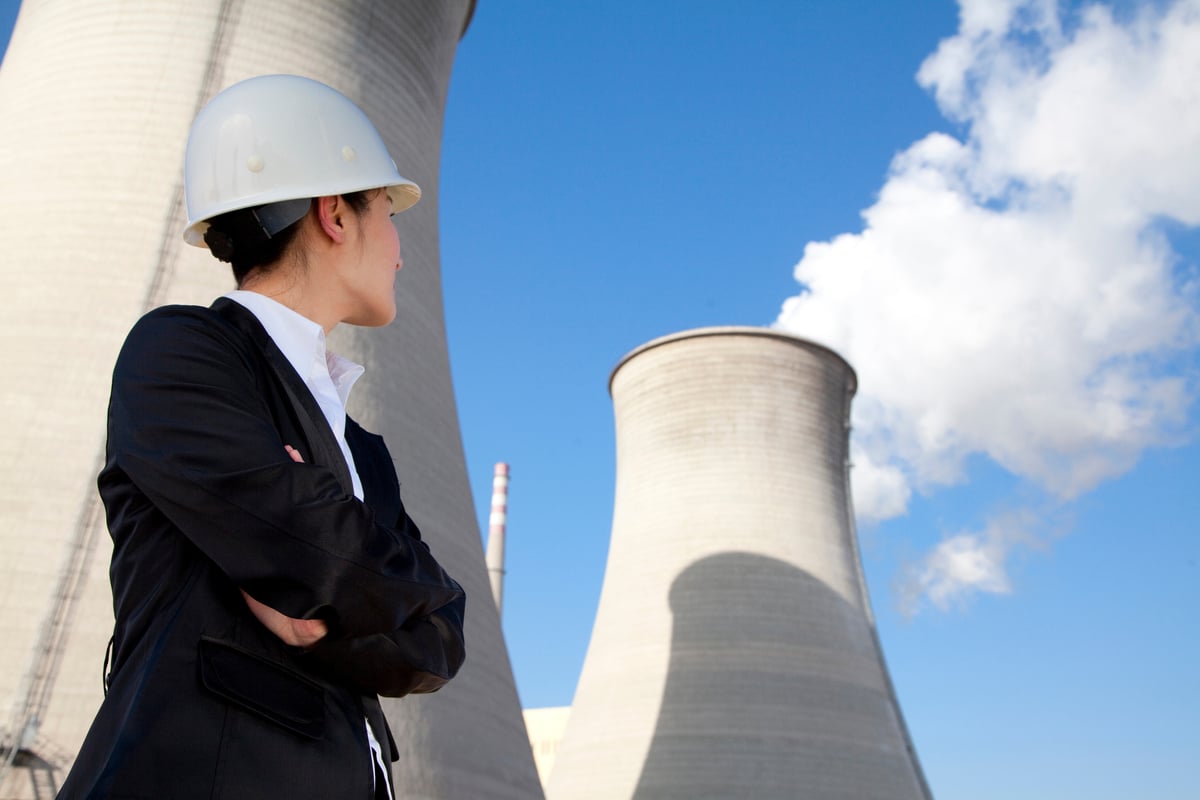Solar energy and mining are becoming more intertwined. Miners of basic materials are under pressure to find new ways to maintain profits as some commodity prices stagnate. Cheap, clean energy helps miners' bottom lines, and solar manufacturers are ready to offer their services.
Recent results
First Solar (FSLR +1.06%) is proud to announce a new diesel-solar energy solution for Rio Tinto's (RIO 0.06%) Rio Tinto Alcan Weipa Baxuite project. By combining solar power with diesel generators the operation expects to offset up to 20% of day time electricity generation, making for big improvements in carbon dioxide emissions and costs.
While First Solar's new mining project only has an initial capacity of 1.7 MW, it is only a sign of things to come. SunPower (SPWR +0.00%) is building a big 70 MW, $200 million merchant solar power plant in Chile's mining region. This facility is a big step forward because it will compete head-t- head with traditional fossil fuels without government subsidies. The facility is very attractive as it is in a desert that is close to big miners and far away from new hydroelectric resources in southern Chile.
Why the sudden interest from miners?
Miners are commonly at odds with environmentalists, but solar power is one area where both sides can agree. Mines are commonly developed far away from established population centers. This limits a mine's impact on people, but it also means that miners are forced to back big transmission projects or import costly fuels.
Shipping in fuel is not very attractive. For a country like Chile with small domestic fuel supplies, diesel and LNG are expensive options. Chile's fragmented grid, local opposition to coal plants and lack of politically acceptable hydro resources leaves little option but to look for alternatives.
A match made in heaven
Not only can solar power help lower a miner's electricity costs, it also helps to make a mine's profits less volatile. Solar panel's operation and maintenance costs are minimal, with no exposure to the volatile oil market. In contrast a mine powered by diesel generators is exposed to fluctuating oil prices. From 2012 to 2013 alone, Rio Tinto saw its underlying earnings reduced by $368 million due to increased energy costs and inflation.
Big miners like BHP Billiton (BHP 0.34%) or Rio Tinto have extensive balance sheets with big capex budgets that can be used for cost cutting solar projects. In 2013, Rio Tinto spent $12.9 billion on capex. At the same time, cutting $2 billion in operating cash costs was one of its 2013 goals. BHP Billiton is in a similar camp, with $23.5 billion in cash outflows from investing activities in fiscal year 2013.
With falling commodity prices having cut BHP Billiton's EBIT by $0.7 billion from the first half of fiscal 2013 to fiscal 2014, the company is well aware that it needs organic investments to maintain profits. BHP Billiton is no stranger to the development of solar power. Its Chilean Escondida mine is a major focus of the company's capex budget and right next to Atacama and SunPower's merchant solar plant.
For SunPower and First Solar, miners represent a good opportunity to diversify. SunPower's rooftop sales are heavily exposed to various subsidy schemes. By selling to miners in remote areas, it can move more of its sales away from subsidies directly dependent on national governments. In the first quarter of 2014, $221 million of SunPower's sales came from outside of the Americas with gross margins from 17.3% to 21.9%. This shows that SunPower already has the connections to make international sales.
First Solar does not have as much experience selling to remote areas, but things are improving. It is notable that it was First Solar that landed the distributed generation deal with Rio Tinto. In terms of potential booking opportunities, First Solar already counts Latin America as its most promising region after North America. Improving efficiencies is a key tool in cutting costs, and year over year First Solar's first quarter 2014 average fleet efficiency increased by 0.60% and best line efficiency increased by 1.2%. First Solar's cost-cutting technological improvements should help it land more mining deals in the future.
Solar is moving beyond subsidies
Miners need to cut costs if they want to maintain profits as commodity prices fall. By using solar energy to power remote mines, Rio Tinto and BHP Billiton can reduce costs and exposure to volatile energy inputs. SunPower and First Solar benefit by selling to well-capitalized miners that are not dependent on feed-in tariffs, and everyone benefits.








